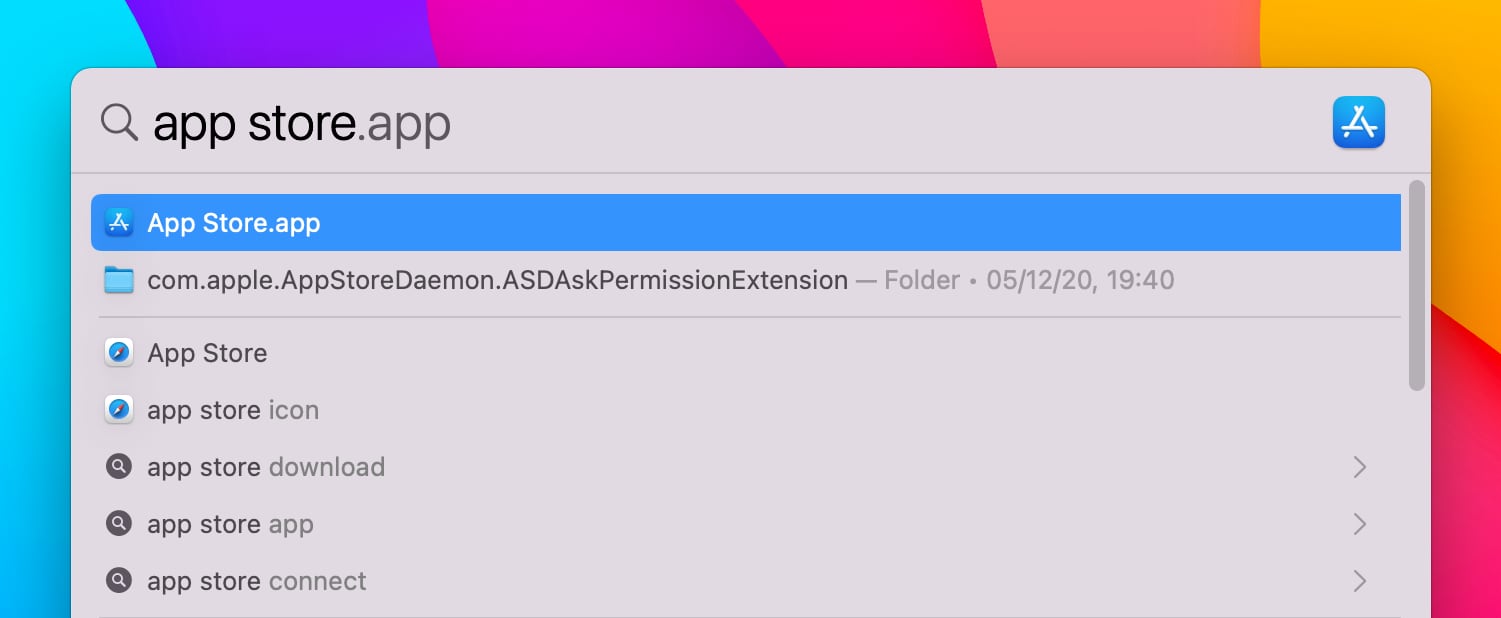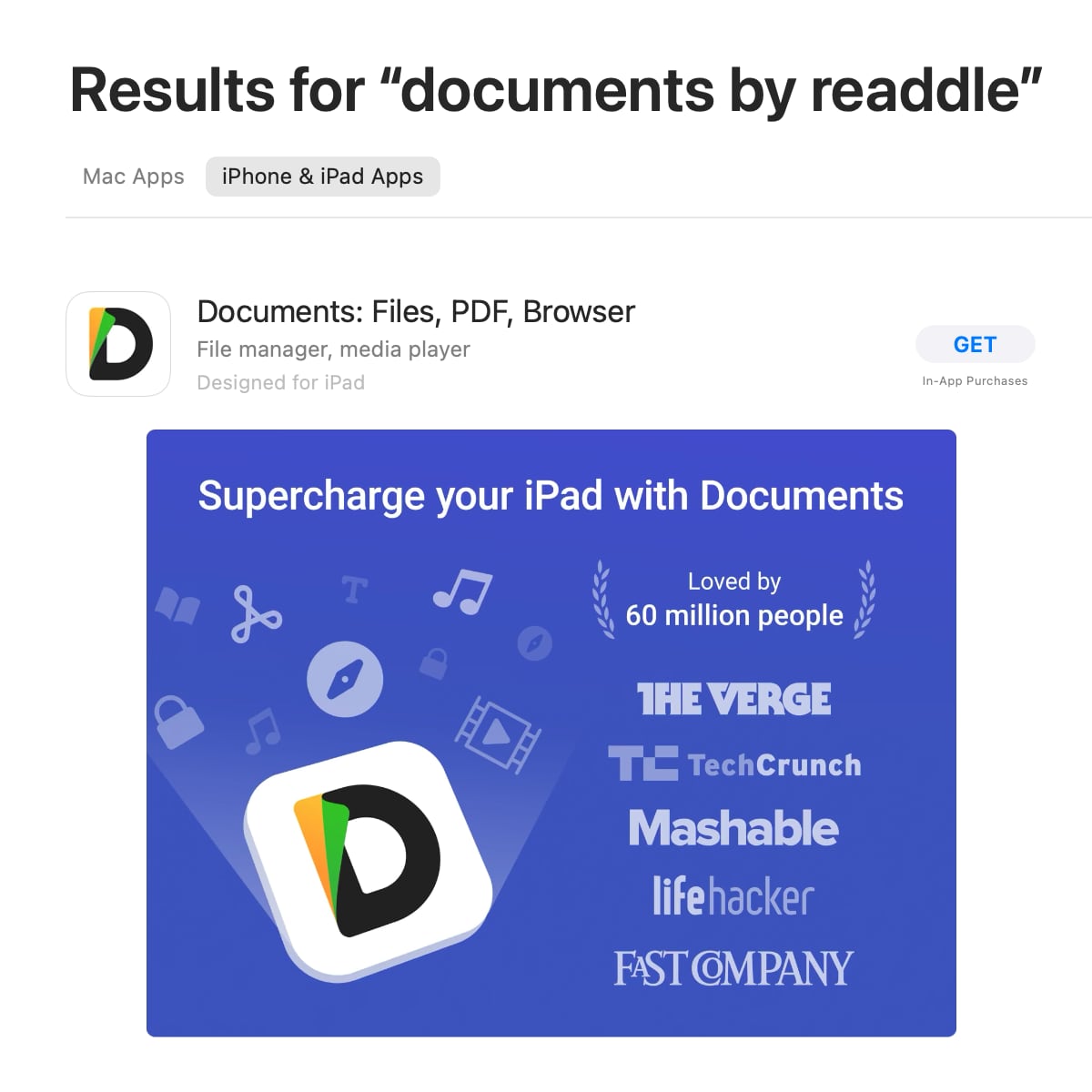Apple recently released a whole new line-up of Macs that are completely powered by Apple’s own custom-designed chips called ‘Apple Silicon’ instead of the Intel processors that the company has used over the last 15 years. These new chips allow Apple to have more control over the experience of using the Mac, and enable a lot of new features for the consumers.
The first Mac models that ship with these new chips are the MacBook Air, MacBook Pro, and the Mac mini — all of which run the first-generation Apple Silicon named ‘M1’. If you recently purchased any of these three models running Apple M1 chips, your Mac has the ability to run iOS apps. That’s right, you can install and run some of your favorite iPhone and iPad apps on your Mac and this handy guide explains how.
But first, how do you know whether you have an M1 Mac or not? Well, it’s easy to find out.
How to Check if your Mac can run iOS apps?
To run iPhone or iPad apps on your Mac, you need a Mac running Apple Silicon chips. Right now, the only Apple Silicon capable of running iOS apps is Apple M1, but the company is poised to release a newer generation in the coming months. To find out whether your Mac runs on Apple Silicon:
- Click on the Apple Logo at the top left corner of your screen.
- Click on About this Mac.
- In the window that appears, if it says ‘Chip Apple M1’ then your Mac is capable of running iOS apps.

Now that we know that your Mac can run iOS apps, let’s learn how to download and install iPhone and Apps on macOS Big Sur.
How to Download & Install iOS apps on Mac?
To run iPhone and iPad apps on your Mac, you have to download and install them from the App Store app on your Mac. You probably already have this in your Dock, which looks like this:
![]()
- Click on the app icon to launch it. You can also launch the app by clicking on the little magnifying glass icon at the top right corner of your screen and searching for “App Store”.

- Next, in the App Store app, click on the Search field at the top left of the app.
- Type in the name of the iOS app that you want to download and install on your Mac. Let’s take the example of Readdle’s Documents, which is now available on the M1 Macs.

- In the search results shown on the right, click on iPhone & iPad Apps.

- Click on the Get button to start downloading the app.
- Once installed, the Get button switches to Open, using which you can launch the iOS app.
- That’s it, that’s how easy it is to run iOS apps on your Mac.
Note: The App Store app on your Mac will only list those iOS apps that have been made available by their respective developers for sale on the Mac.
Now that we’ve learned how to download iPhone and iPad apps on your Mac, you can go ahead and explore all the amazing iOS apps that are available through the Mac App Store.
You should get started with Documents by Readdle — the super app for file actions. An immensely popular app for iPhone and iPad, Documents is now available on macOS Big Sur and brings along all the incredible features from the iOS version.


 Preshit Deorukhkar
Preshit Deorukhkar 

